A browlift, or forehead lift, is a surgical procedure to help improve aging changes of the upper face which can cause a tired or angry appearance. Specifically, this procedure can help improve:
There are different types of brow lift procedures. Most commonly, a lateral (i.e., temporal) browlift is appropriate for most patients seeking improvement of droopy eyebrows. A lateral browlift helps elevate the lateral brow to a more youthful position – this also helps correct excess or loose appearing skin of the upper eyelid, helping to brighten the appearance of the eye. Depending on your individual concerns, a brow lift can be an excellent complement to upper eyelid surgery (i.e., upper blepharoplasty). When performed properly, a brow lift helps rejuvenate the position of the brow and will not result in a surprised appearance.
For patients with more pronounced forehead aging changes and low-lying eyebrows, a complete forehead lift may be more appropriate (although rarely indicated) to address your facial aging concerns. A consultation with Dr. Vaca can help determine which option is the best approach for you.

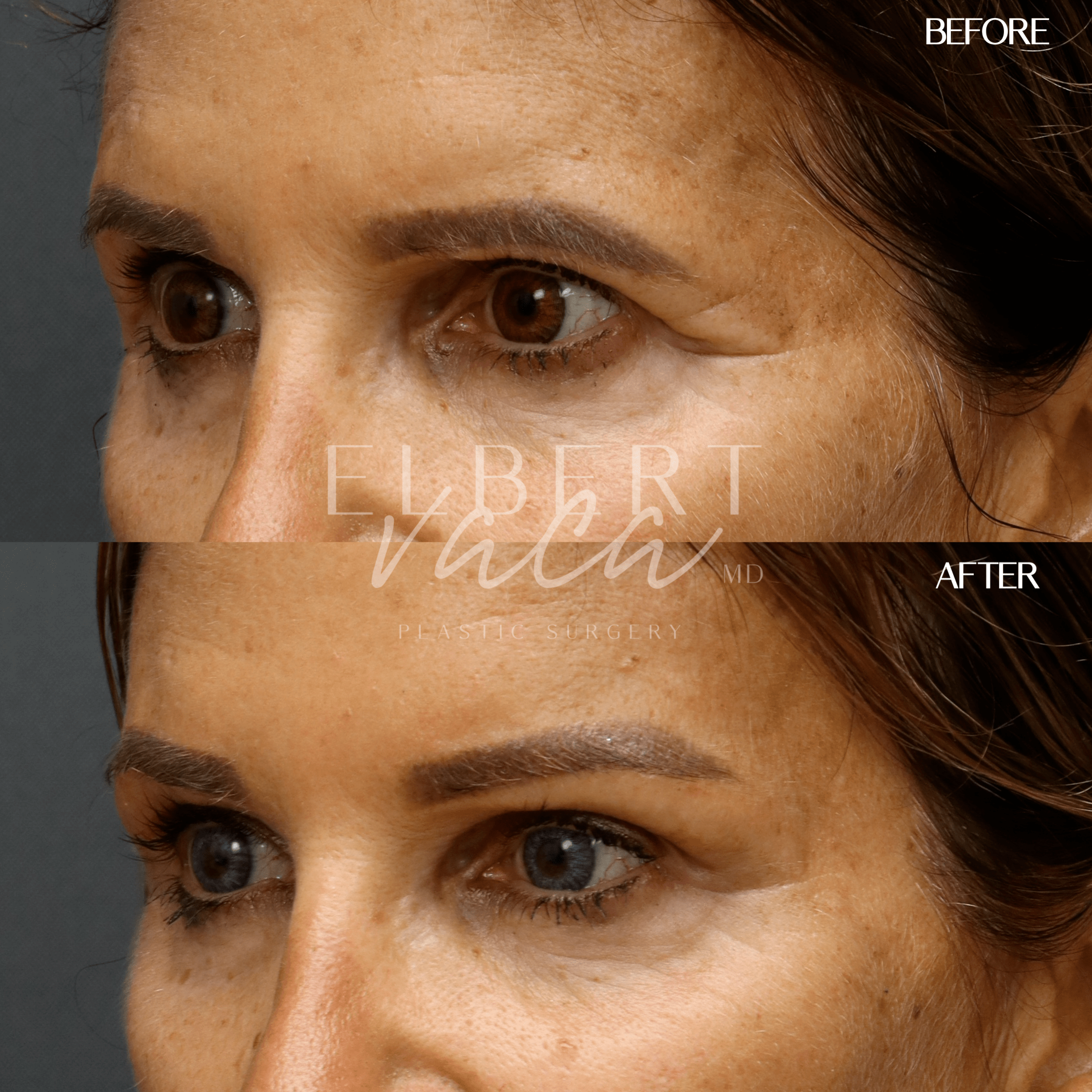

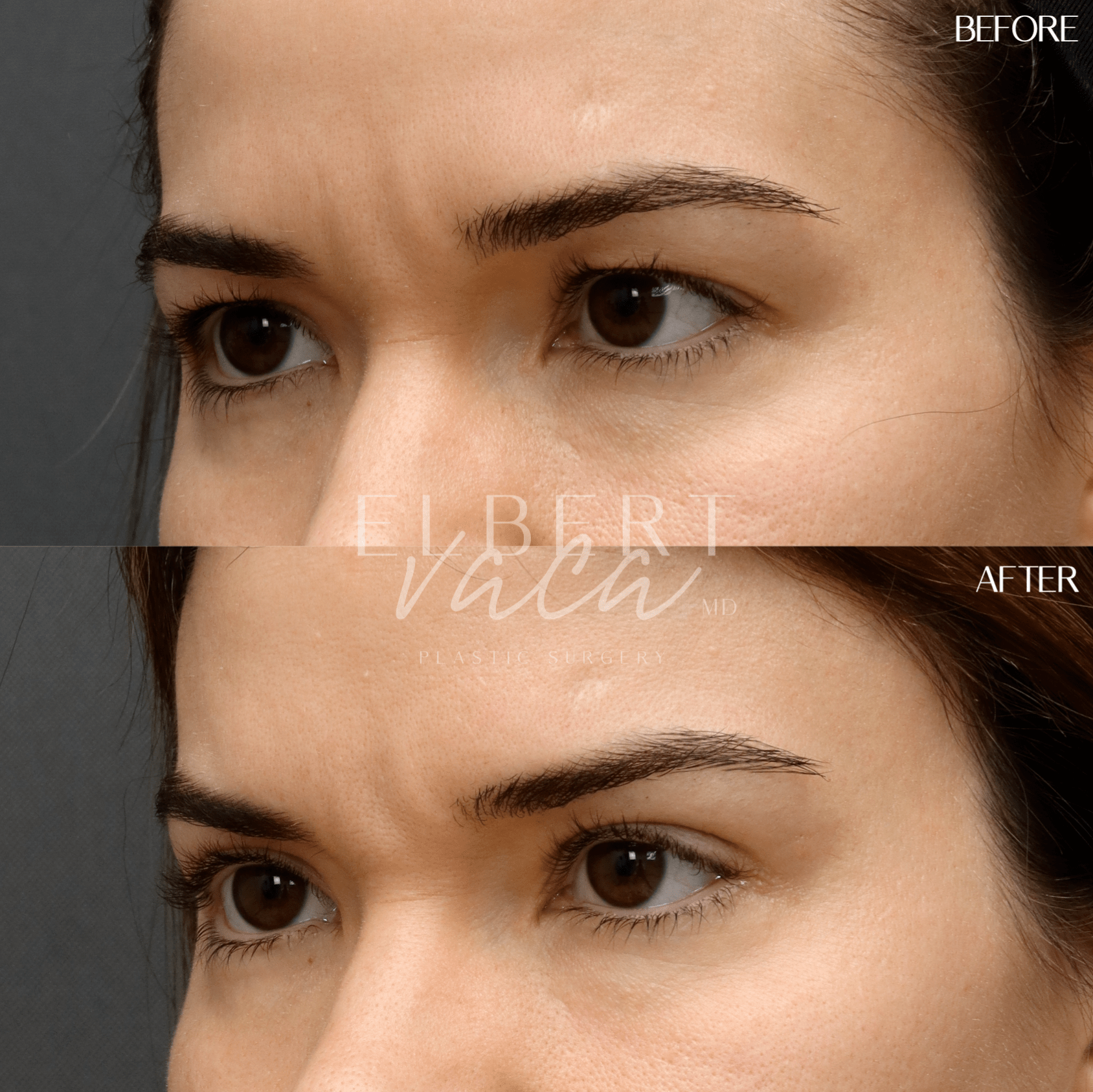

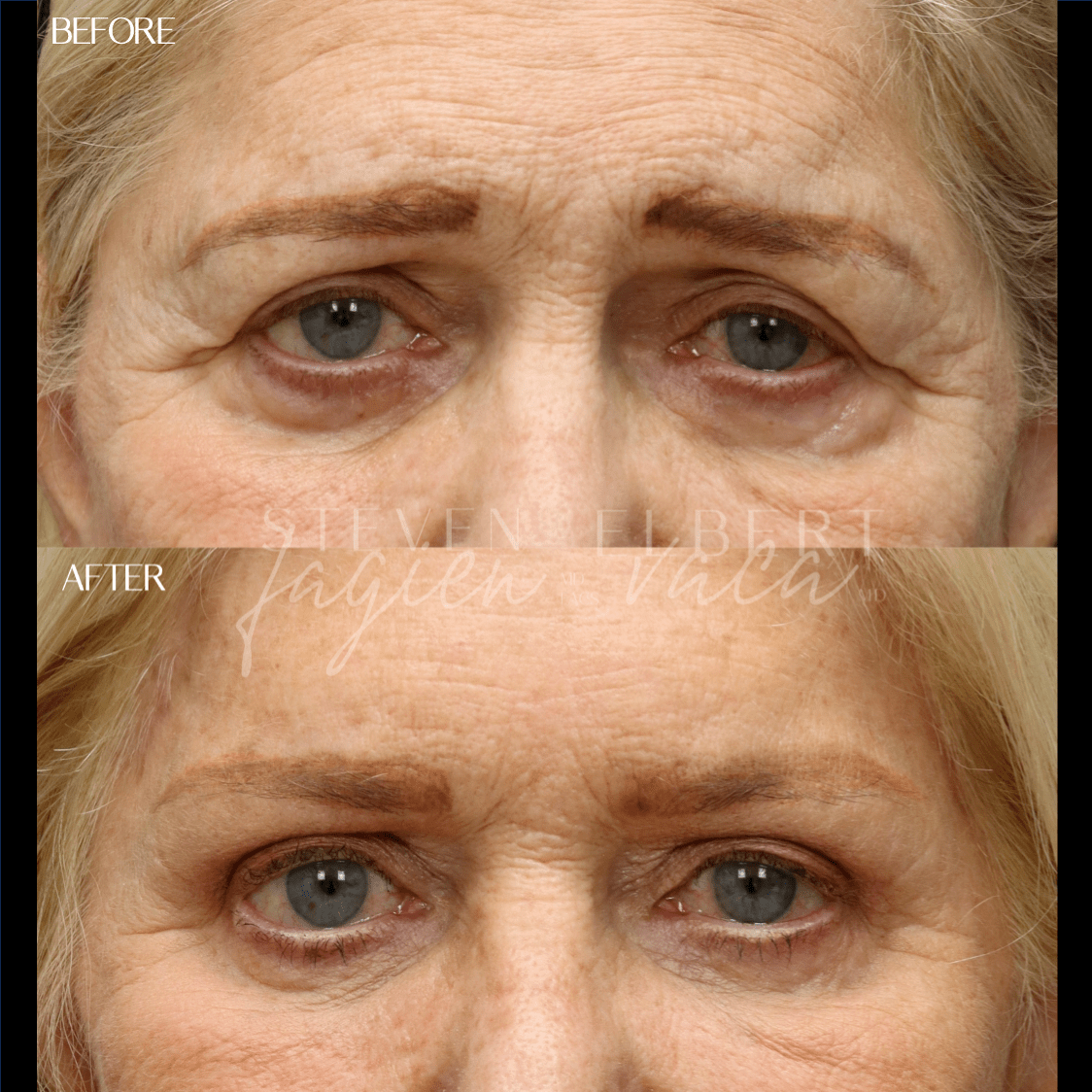
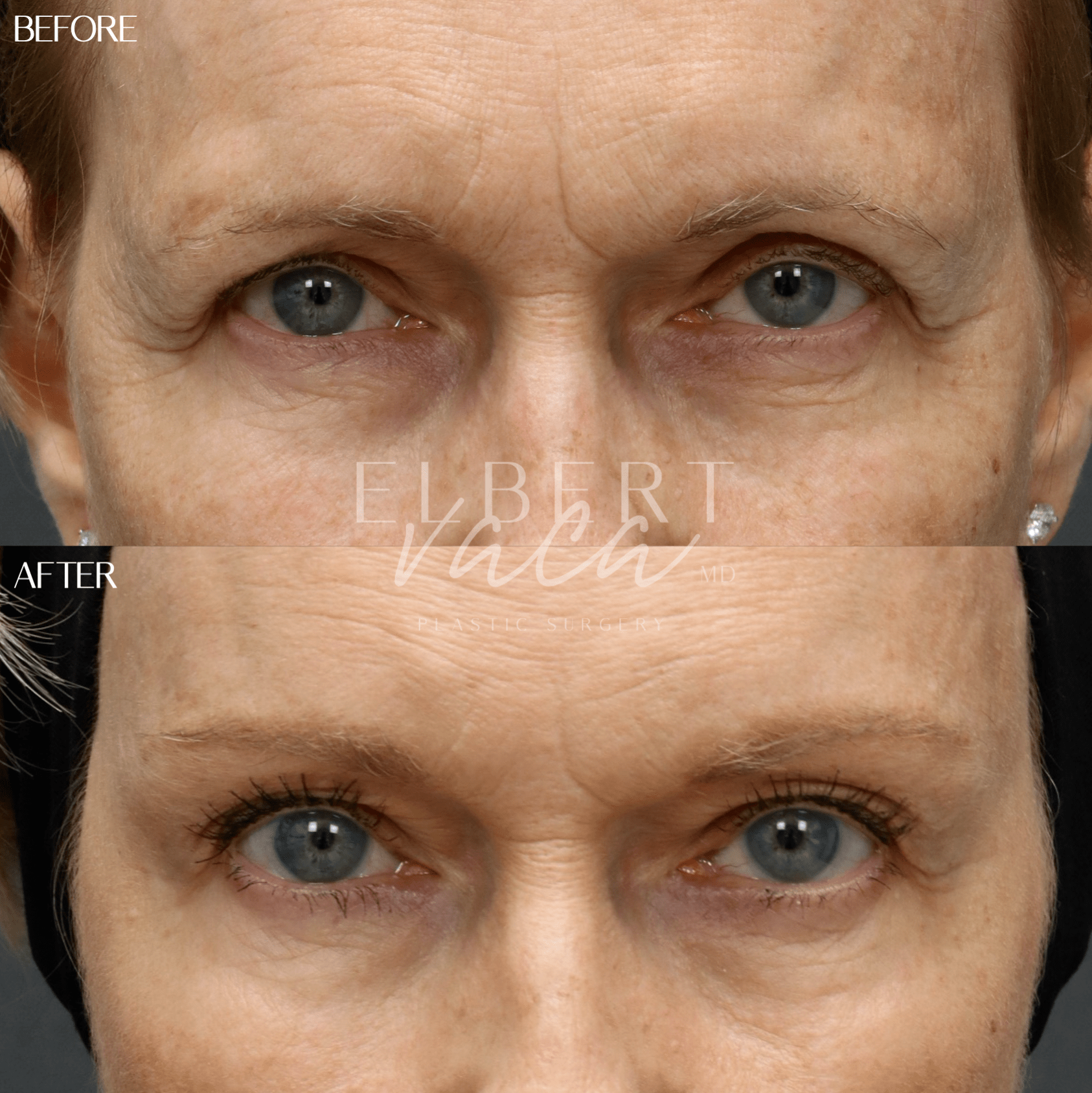
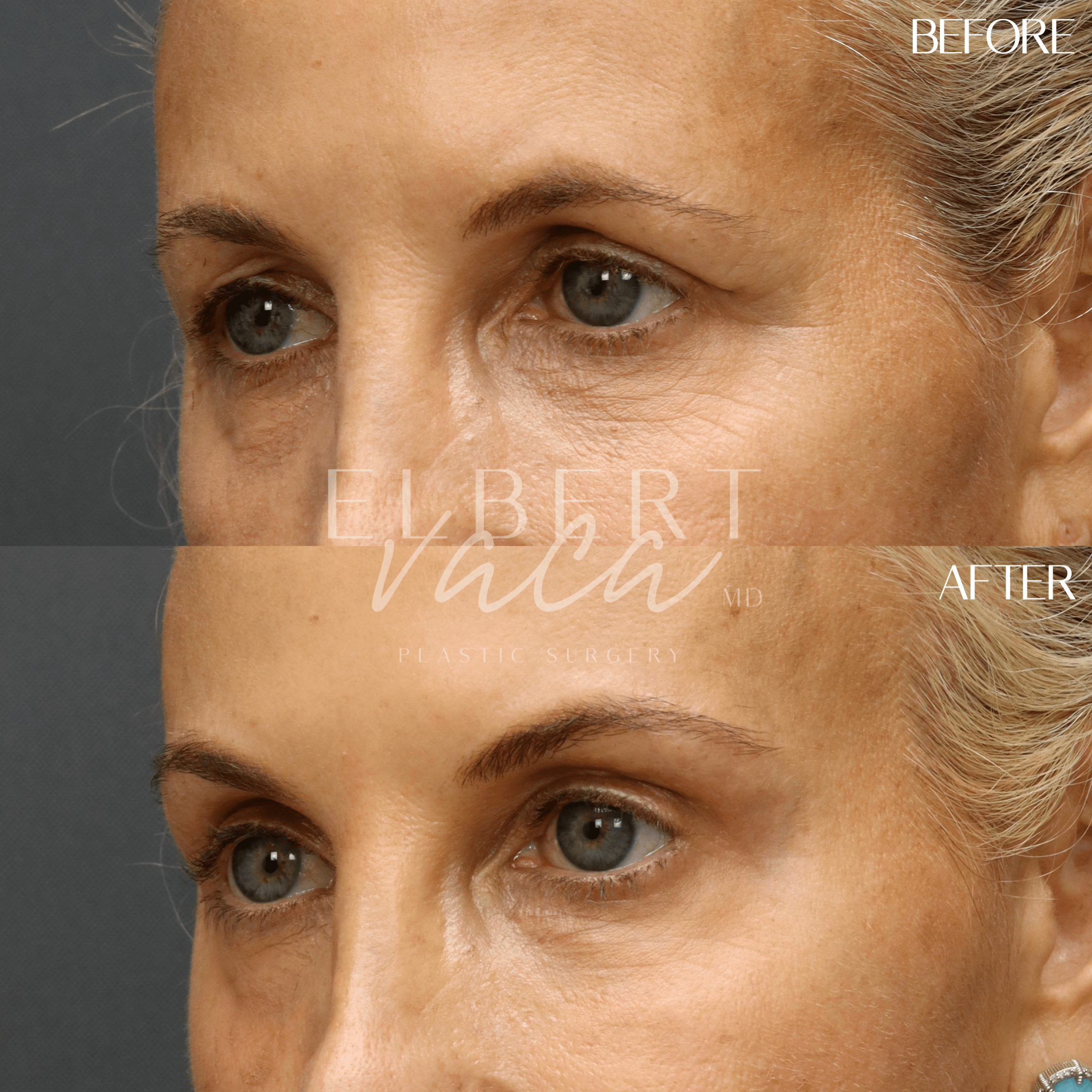
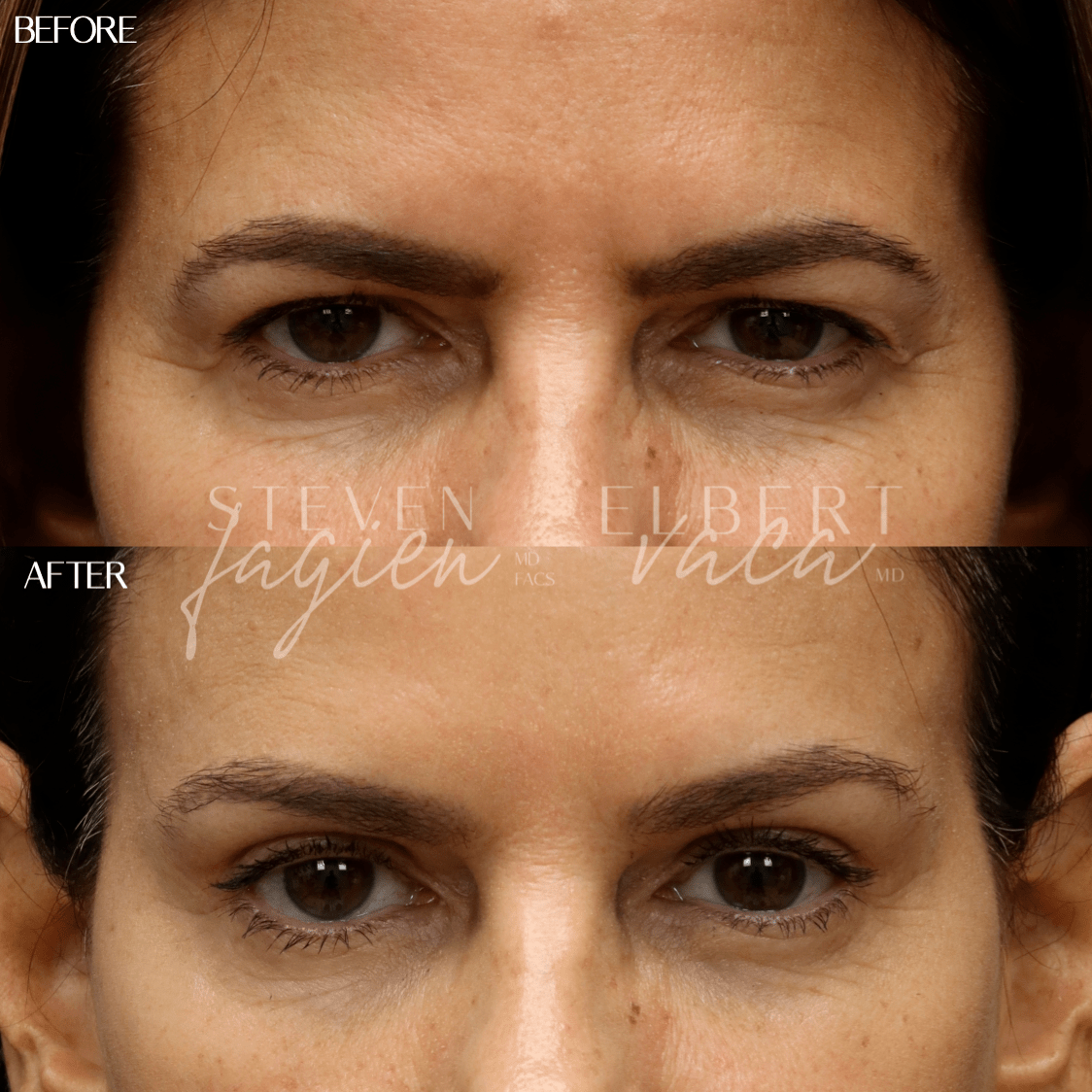
Injectable treatments that help weaken the muscles of the face, like Botox®, can help improve wrinkles due to overactive frown and forehead muscles. Injectables like Botox® can also be used to help lift the position of the brow, otherwise known as a “chemical browlift”. However, depending on your aging pattern, a browlift may be most appropriate treatment to address your aging concerns.
Yes, absolutely! Procedures such as facelift/necklift, blepharoplasty (eyelid lift), facial fat grafting, and skin resurfacing can be performed at the same time as a facelift to complement your overall result. If you are interested in other procedures, you should discuss these during your consultation with Dr. Vaca.
Yes. The facial muscles will still function after a browlift; therefore, wrinkles due to facial expression and muscle movement will remain. Botox® is very effective at treating dynamic forehead lines after surgery and will further compliment a patient's surgical result.
In fact, one reason many patients begin to consider a browlift is because they find that forehead Botox® treatments worsens their low brow position and upper eyelid heaviness. After a browlift, most patients find that they can now treat their forehead lines with Botox® as their brows are in a higher, more pleasing position.
The risk of any major complication with browlift surgery is very rare – nonetheless, all surgical procedures carry a degree of risk.
Browlift scars are barely visible (on close inspection) in the majority of patients. However, scars may rarely be more visible in some patients. Depending on your hairline and other individual variables, Dr. Vaca may recommend a different incision pattern to best achieve your aesthetic goals.
Infection and bleeding are rare but can occur.
Browlift surgery can result in temporary numbness of portions of the lateral forehead and scalp, but this typically recovers over time.
We all have natural asymmetries between each side of our face and eyelids – some people more than others. While one of the goals of surgery is to minimize any pre-existing asymmetry, it is important to know that some asymmetry will still exist. After surgery, patients tend to scrutinize their face more intently and may notice some pre-existing asymmetries for the first time.